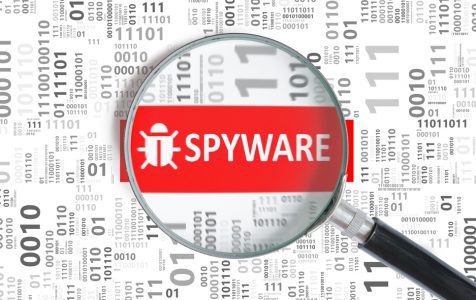SpyEye is a malware specially created to steal money from people’s bank accounts. Once it infects a computer, it will scan it for financial information such as banking cookies and passwords related to credit cards and people’s bank accounts. The malware attacks users running Firefox browser, Google Chrome, Internet Explorer, and Opera browsers, as well as and the Windows OS.
SpyEye spreads through several infection vectors, including Blackhat search engine optimization techniques, spam, and malware loaders. SpyEye’s biggest competitor in the banking Trojan segment is another botnet called Zeus.
SpyEye Malware History
The first instance of a SpyEye attack was recorded in 2009 in Russia where it was being sold in Russian dark web hacker groups for $500. Advertisements from the time showed the botnet had features that included key loggers, auto-fill credit card modules, config files (encrypted), HTTP access, POP3 grabbers, Zeus killer, and FTP grabbers.
Most of the victims of SpyEye have been in the US where 97% of the attacks by the malware took place.
SpyEye Malware Creators
SpyEye was created by Hamza Bendelladj and Aleksandr Andreevinch Panin. Following a coordinated international effort that was spearheaded by the FBI, both men were arrested and jailed for a combined 24+ years. They were convicted for stealing hundreds of millions of dollars through cybercrime.
How to Remove the SpyEye Malware
Removing the SpyEye malware is easy, given that cybersecurity researchers have had about 10 years to study the malware and to decode its signatures. In other words, most premium anti-malware solution, including but not limited to Outbyte Antivirus, have accrued sufficient experience dealing with this malware, reducing the likelihood of missing it.
If you suspect that your device has been infected by the malware, it is best to run your computer on Safe Mode with Networking. Safe Mode isolates all but the default Windows apps and settings, and thus make it easier to troubleshoot any issues.
Here are the steps to take to get to Safe Mode with Networking:
- Press the Windows logo and go to Settings > Update & Security > Recovery.
- Under Advanced startup, select Restart now.
- From the Choose an Option screen that appears after your computer restarts, select Troubleshoot > Advanced options > Startup Settings > Restart.
- After your computer restarts, press F5 to select Safe Mode with Networking.
When removing any malware from your Windows device, it is best to activate a recovery option just to make sure that the virus and all its dependencies have been completely removed.
Here are some of the recovery options that are available to Windows 10/11 users:
System Restore
Have you ever been impressed by your computer’s performance so much that you wished it performed like that for its entire lifespan? Well, when you create a restore point, you actually save a ‘snapshot’ of a certain level of performance, system files, Windows configuration, settings, and apps.
In essence, the System Restore option lets you undo any problematic changes to your computer.
Here is how to get to System Restore on Windows 10/11:
- On the Windows sign-in screen, press the Shift key while selecting Power > Restart.
- On the Choose an Option screen that appears after your computer restarts, select Troubleshoot > Advanced options > System Restore.
- Follow the on-screen directions to complete the System Restore process.
Refresh Your Computer
The Windows OS also gives the option of refreshing your computer. The following are the steps to take:
- Go to Settings > Change PC settings.
- Click Update and recovery.
- Under Refresh your PC without affecting your files, click Get started.
- Follow the on-screen instructions to complete the process.
Preventing the SpyEye Malware from Infecting Your Computer
What can you do to prevent the SpyEye malware from infecting your computer? There is a lot you can do to keep your data and computer safe from malware in general, and not just the SpyEye malware.
Here are a few tips:
· Don’t store sensitive information on your computer
If you are the kind to store passwords and other login credentials on your computer, it is best that you use a password manager or just commit your login details to memory, especially if they are related to banking.
· Use a VPN
A VPN will make your internet connection anonymous and harder to trace. It is a great way to hide your online activities from fraudsters.
· Update the software, browsers, and drivers on your device
A computer that has all its apps and drivers updated is harder to attack because updates, especially Windows updates, come with security patches. There are numerous driver updater tools available that can help keep the drivers on your device up-to-date.
· Don’t click on infected emails
This is one of those things that is actually easier said than done, but you really need to be on the lookout for infected emails as it is the one way that malware is spread.
